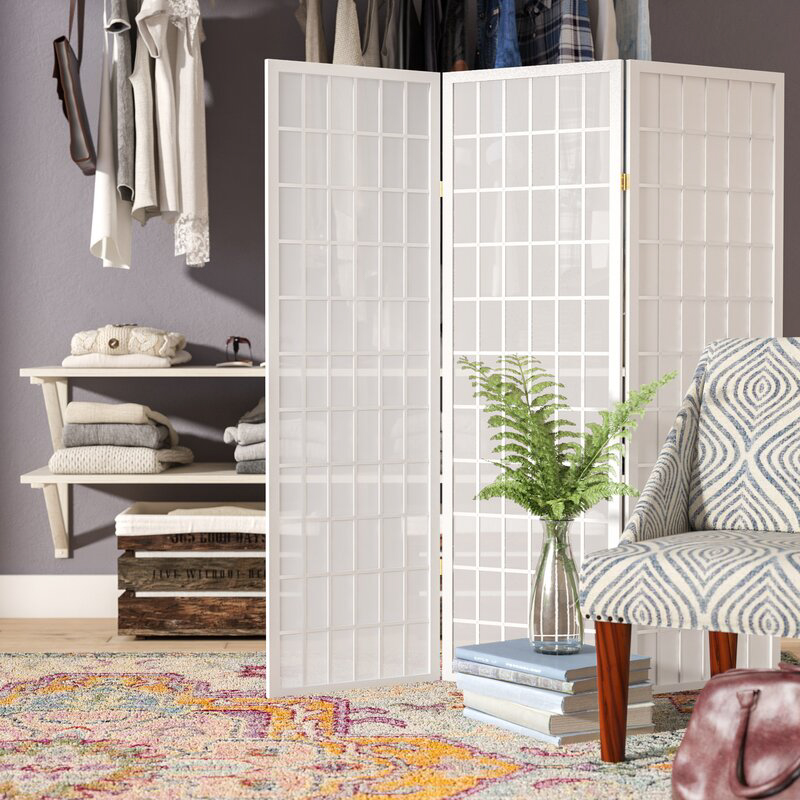Introduction
Light bulbs are an essential part of our daily lives. They keep us productive and energetic through the day, and help us relax and unwind at night. The advancements in technology have allowed for light bulbs to be produced in a wide range of colors, each suited to a specific mood or purpose. In this article, we will explore the different colors of light bulbs available in the market today, their benefits and drawbacks, and some tips on how to choose the right one for your home or office.
Types of Light Bulbs
Before diving into the different colors of light bulbs, it is important to first understand the different types of light bulbs available in the market. The three most common types of light bulbs are:
1. Incandescent Bulbs
These are the traditional light bulbs that have been around for decades. They are cheap and produce a warm, yellow light. However, they are also highly inefficient and have a short lifespan.
2. Fluorescent Bulbs
Fluorescent bulbs are more energy-efficient than incandescent bulbs and last longer. However, they tend to produce a harsh, bright light that is not suitable for homes.
3. LED Bulbs
LED bulbs are the latest and most advanced type of light bulb. They are highly energy-efficient, last long, and are available in a wide range of colors. LED bulbs are the focus of this article, and we will explore their different colors below.
Colors of LED Light Bulbs
LED bulbs are available in a range of colors, each suited to a specific mood or purpose. Here are some of the most common colors of LED light bulbs:
1. Warm White
Warm white LED light bulbs produce a soft, yellow light that is similar to incandescent bulbs. They are ideal for creating a cozy and comfortable atmosphere in living rooms, bedrooms, and dining rooms.
2. Cool White
Cool white LED light bulbs produce a brighter, whiter light that is similar to daylight. They are ideal for use in kitchens, bathrooms, and workspaces where bright light is needed for tasks such as cooking and reading.
3. Daylight
Daylight LED light bulbs produce a bright, blue light that is similar to natural daylight. They are ideal for use in areas where natural light is not available, such as basements and windowless rooms.
4. Colored
Colored LED light bulbs are available in a range of colors, including red, blue, green, and purple. They are ideal for creating a festive or party atmosphere, or for use in art projects and displays.
Choosing the Right LED Light Bulb
When choosing an LED light bulb, it is important to keep the following factors in mind:
1. Color Temperature
The color temperature of an LED light bulb determines whether it produces warm, soft light or bright, white light. Choose a color temperature that suits the mood and purpose of the room.
2. Lumens
Lumens measure the brightness of a light bulb. The higher the lumens, the brighter the light. Choose a bulb with the right lumens for the size of the room.
3. Wattage
Wattage measures the energy consumption of a light bulb. LED bulbs are highly energy-efficient, so choose the lowest wattage bulb that produces the right amount of light for the room.


